Much of the solid wood furniture is made from solid wood panels. There are factories that make such panels, both for the domestic market and for export. This is a great help to manufacturers because they no longer have to make their own panels, concentrating on the execution of the designs. As I said some time ago, solid wood panels are solid wood, despite the fact that many consider them a by-product made from glued scrap. On the contrary, using panels comes with a number of advantages which I will show you in a moment. A very important material for a quality panel is glue. In general, the following are used to make solid panels PVA adhesivesthose adhesives we call "aracite". Depending on their type, panels can have different qualities, for example they can be used for indoor or outdoor furniture. Not just any "aracet" can be used, which is why I think an article on the qualities of PVA adhesives used to make solid wood panels is welcome.
Why massive panels
I return to solid wood panels to show some advantages of their use in furniture production.
Panels at much larger sizes than the elements in one piece. We can't think of a one-piece tabletop unless it comes from a very old, large tree. Normally the top is made of several boards glued together. Solid wood offers the possibility of obtaining the worktop (or other large pieces) directly, without any intermediate operations.
In the production process of solid wood panelareas with defects or knots are removed so that the risk of cracks, unwanted natural staining or other problems caused by wood defects is eliminated.
The panel has a very good stability. Cutting into smaller elements removes the stresses specific to solid wood and thus eliminates the risk of the panel cracking or bending.
Solid wood panels have no formaldehyde emissionsbecause they are made with PVA adhesives that do not contain formaldehyde in any form (free or bound).
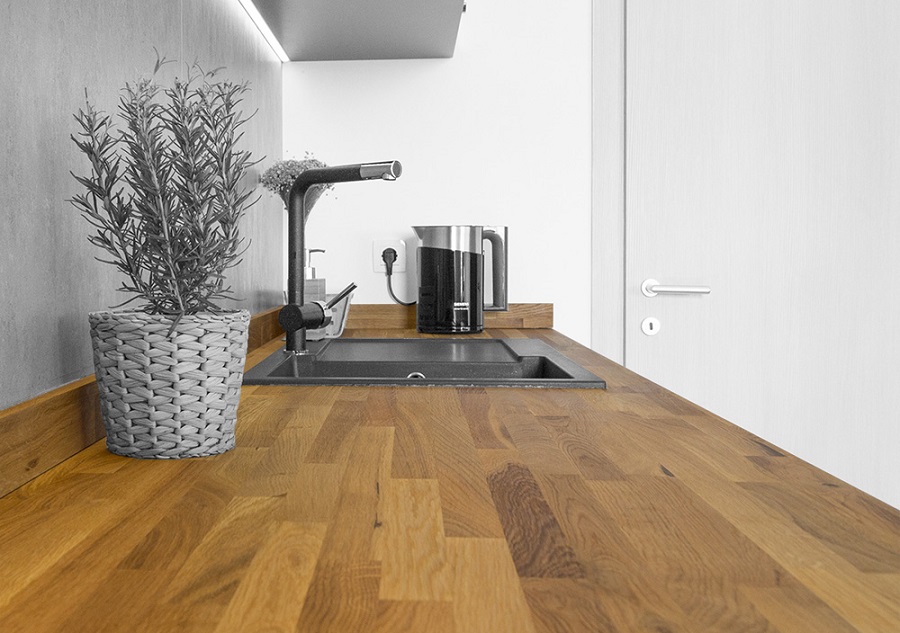
Characteristics of adhesives used in the manufacture of solid wood panels
For a DIY project, choosing adhesive is simple. The most important demands are to stick quickly and well. In production, however, the choice is much more nuanced. In addition to sticking well, the adhesive must be resistant under certain conditions, be more or less elastic, have a very good resistance over time, the glue line must be transparent or not, have as little emissions as possible, etc. There are different types of adhesives, each with their own resistances and characteristics, and the choice must be made so that the glued object looks and behaves as well as possible over time.
In the case of solid wood panels, PVA adhesives are used for gluing. These are aqueous dispersions of polyvinyl acetate that react (bond) when water evaporates and the molecules come together. There are several types of PVA adhesives and those used to make masonry panels must meet certain conditions. Here are the most important ones:
1. Moisture and water resistance
It is very important because it is possible that the panels end up being used to make furniture that sits in a steamy area (bathroom, kitchen) or outside and the bond line can be affected. That's why it is recommended to use D3 or D4 type adhesives for increased moisture resistance.
If you have a personal project you can only use D1 or D2 adhesives if you know for sure that the object will never stay in an area with high humidity.
Classification of adhesives in terms of moisture resistance (D1-D4) has been dealt with extensively in a separate article.
2. Transparency of the adhesive film
A white line between the wooden elements will spoil the appearance of the panel. That is why it is good to make the adhesive transparent after curing. Transparency of the film is a sign that the adhesive has not had fillers like chalk or other such products, which make the product cheaper but also less elastic and transparent.
3. Film elasticity
A very important feature that leads to lower production costs. After gluing, the wood panels are calibrated and sanded before being packed for distribution or used in furniture production. A resilient adhesive offers less resistance during these operations, which extends the life of the abrasives and tools used. They will last longer and the calibration and sanding will be of high quality. Over time, longer abrasive and tool life translates into material savings and reduced production costs.
And for those with DIY projects, the elasticity of the adhesive film is important. Even if in this case material saving is not the priority, easy removal of hardened adhesive on the panel surface and sanding without continuously changing the sandpaper are arguments in favour of choosing an elastic adhesive.
4. Average setting and curing time
The adhesive should not harden too quickly or too slowly. A medium reaction time gives the adhesive time to be absorbed into the wood to make the strongest possible bond. A fast setting, in the case of PVA adhesives, can mean a less durable bond over time.
Very slow drying is also undesirable because it increases production time and decreases productivity.
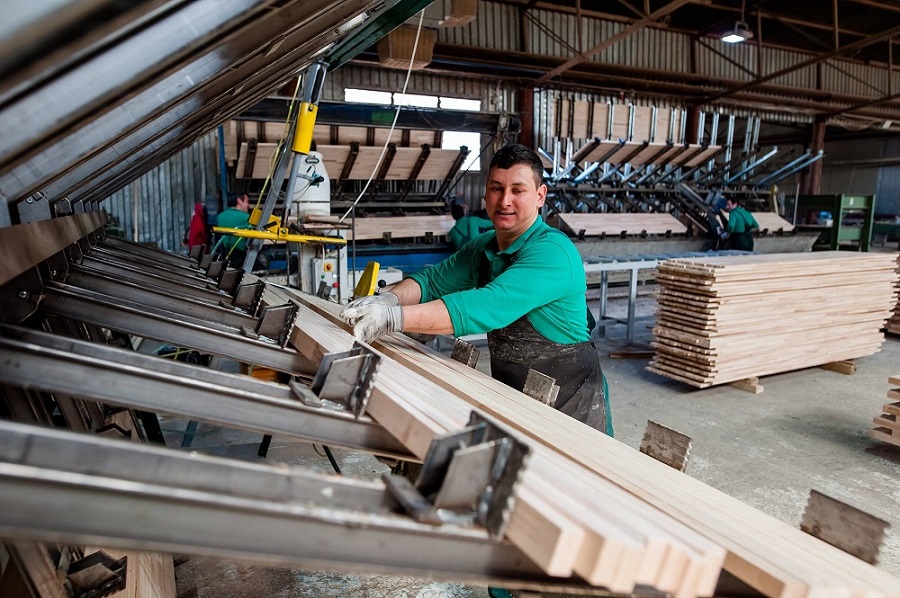
Quality panels for IKEA or companies in France and Germany with TISZABOND adhesives
One of the suppliers of PVA adhesives for solid board factories is Szolvegy, Târgu Mureș. TISZABOND adhesives are used to produce quality panels for the domestic market and for export. One of the companies producing solid wood panels with these adhesives is Dippanels, whose products we've already covered in the pages of the magazine.
Recommended TISZABOND adhesives for panels are D3, D3D (a D3 adhesive with improved adhesion and elasticity), Winter D3D (adhesive resistant to repeated freeze-thaw cycles) and D4 mono and bi-component. D4 adhesives are used to obtain panels with very good resistance to moisture and outdoor conditions. We have already told you about this type of adhesive when we talked about hives or doors for exterior.
For Solvegy, the manufacturer of TISZABOND adhesives, the most important aspects are ensuring a high quality product and continuity of quality over time, meeting all the requirements of European standards. Continuous quality can only be ensured with the help of raw material suppliers. They have to put special emphasis on continuous quality control of the materials, thus guaranteeing the quality of the adhesives.
In addition to a very good relationship with raw material suppliers, Szolvegy also has a close relationship with renowned European laboratories, with certification of the TISZABOND range of adhesives being carried out at both the Rosenheim Institute in Germany and the Wood Institute in Sopron, Hungary. Quality tests and continuous quality control are proof that TISZABOND class adhesives meet the requirements of European standards, so partners in the wood industry can be sure that their products, glued with TISZABOND adhesives, will also be high quality products.
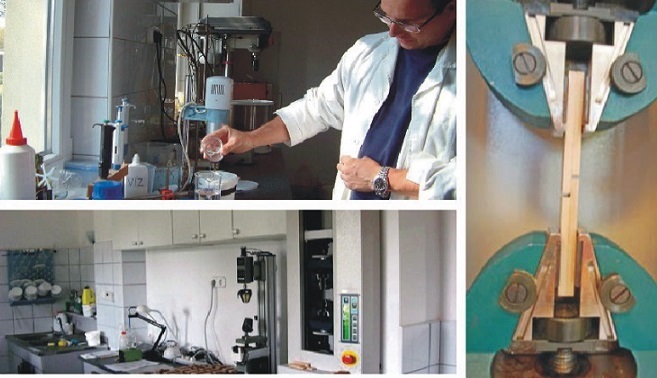
Szolvegy prides itself on the very high quality of its adhesives, proven by laboratory analysis at the above mentioned institutes. The director of the company told us that samples of adhesive and wood glued with TISZABOND adhesive are regularly taken for testing, even without the beneficiary asking for it. This is how the quality of the products is constantly checked, so the customer has proof of the continuous quality of the adhesives used.
I hope you find this information useful, whether you work in the industry or have a personal project in the pipeline. If you think it might be useful to others, please feel free to share it. If you have any comments or questions, you can leave them in the space below.

















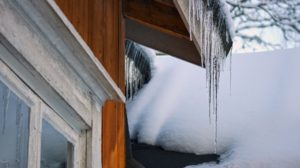
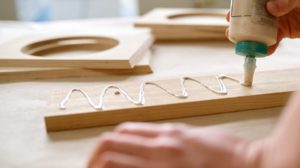
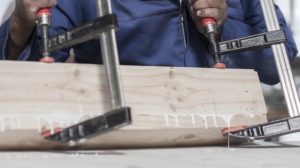
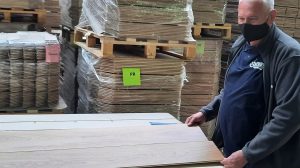
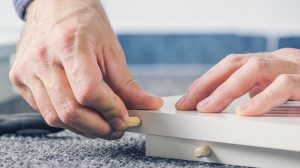
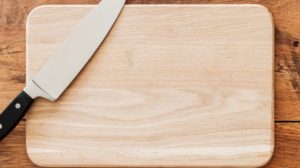
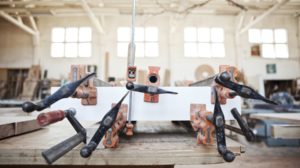
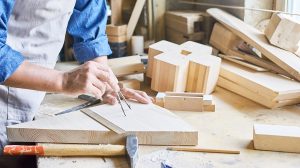
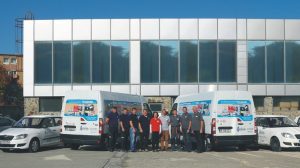

Add comment